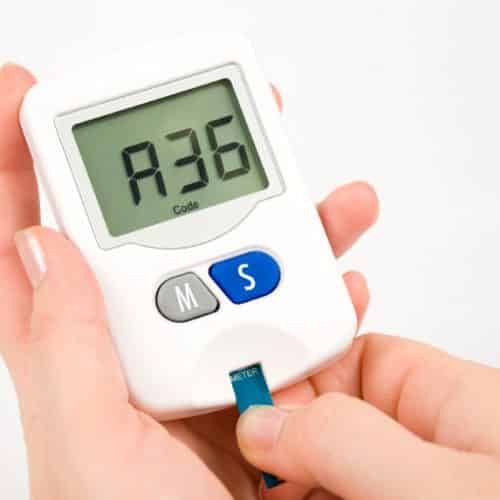
Millions of Americans are affected by diabetes and more developed the condition every year. During this month, individuals, their communities, and their health care providers raise awareness about diabetes and its implications. Whether you have Type 1 or Type 2 diabetes, nutrition plays an integral role in managing the disease. For both types, maintaining normal blood glucose by juggling diet and medication regimens can be challenging.
Polyols offer a simple solution to reducing caloric intake and minimizing postprandial glucose spikes. Polyols are considered reduced-calorie sweeteners because the only contain between 0 and 3 calories per gram, whereas sucrose (e.g., table sugar) contains 4 calories per gram. Examples of polyols include: erythritol, isomalt, lactitol, maltitol, mannitol, sorbitol, and xylitol. These sweeteners are not readily digested and are only partially absorbed by the body. Because of this, they are considered low glycemic foods, meaning they do not cause a rapid increase in postprandial blood glucose.
Despite the caloric and glycemic differences, polyols are physically similar to sucrose, which allows them to completely or partially replace sugars without sacrificing texture or taste. The unique properties of polyols are ideal for creating reduced-calorie, diabetic foods. In fact, polyols are used to prepare a wide variety of food products, including chewing gum, candy, ice cream, frozen desserts, baked goods, chocolates, and fruit spreads.
If you are concerned about consuming too much sugar or are looking for foods that won’t greatly impact on your blood sugar, seek out products made with polyols – a simple read of the ingredients list will let you know if they are used!




